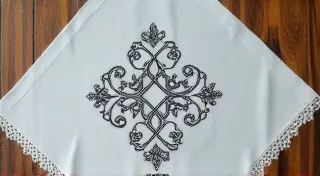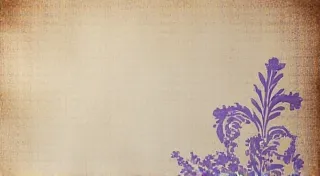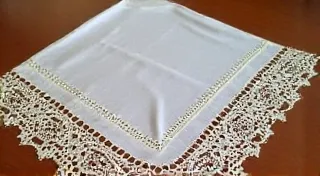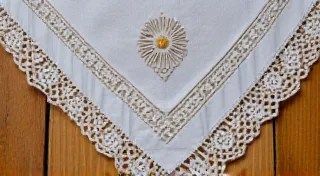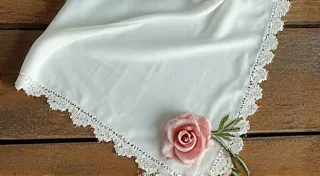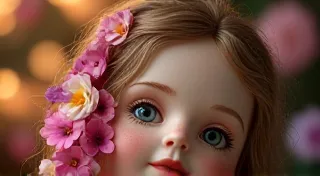The History of Handkerchiefs: From Utility to Collectible
The humble handkerchief – a small square of fabric – holds a fascinating history, evolving from a purely functional necessity to a cherished collectible. Tracing its journey reveals a surprisingly rich tapestry of textile production, social customs, and artistic expression. This article explores that evolution, uncovering how these seemingly simple items became treasured pieces of antique history.
Early Origins: More Than Just a Wipe
Long before disposable tissues, handkerchiefs were essential. In ancient civilizations, cloths served a multitude of purposes: wiping sweat, dust, and ceremonial cleansing. Evidence of simple cloths used for these functions dates back to ancient Egypt, Greece, and Rome. These early cloths were often made from linen or wool, readily available materials, and were far from the delicate artistry we associate with antique handkerchiefs today. They were utilitarian, functional, and often shared amongst many.
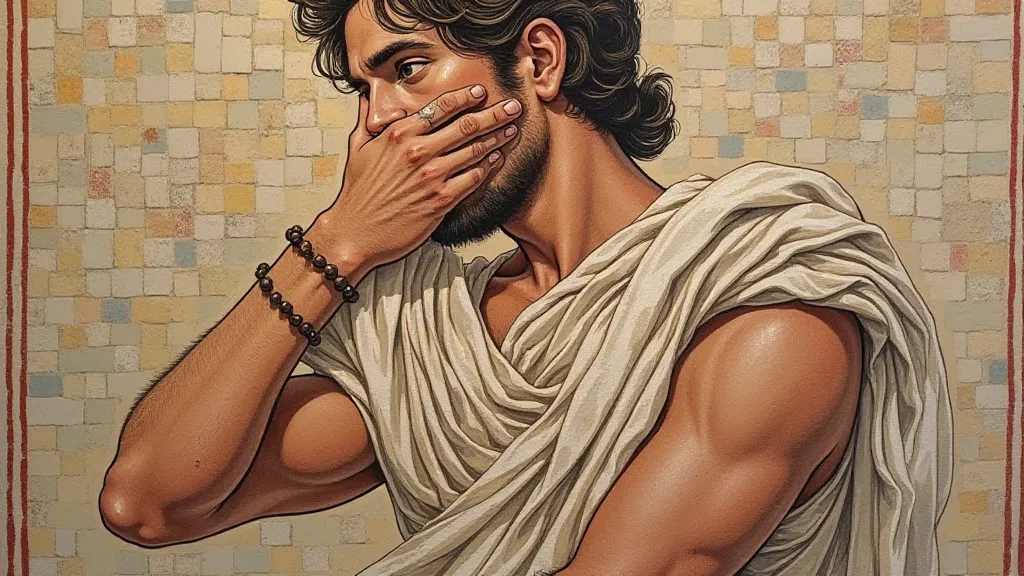
The Medieval and Renaissance Periods: Status and Symbolism
As societies developed, handkerchiefs began to signify status. During the Medieval period, they were largely confined to the wealthy, who could afford the luxury of a dedicated piece of fabric. Renaissance Europe saw handkerchiefs become increasingly important as indicators of social standing. The finer the fabric – silk, fine linen, or even lace – the higher the perceived status of the owner. Embroidery began to appear, initially simple geometric patterns, but evolving into more elaborate designs featuring family crests, floral motifs, and biblical scenes. Handkerchiefs were often gifted as tokens of affection or betrothal. The complexity of the embroidery also served as a mark of the embroiderer's skill, reflecting the overall wealth of the household. It’s interesting to note how the materials and techniques used often reflected broader societal trends and advancements, and a deeper understanding of these developments requires considering more than just the handkerchief itself – for example, exploring the broader history of textile arts during these periods can provide crucial context.
The 18th and 19th Centuries: The Golden Age of Handkerchiefs
The 18th and 19th centuries mark what many consider the 'golden age' for antique handkerchiefs. Improvements in textile production and embroidery techniques allowed for increasingly intricate and beautiful designs. The rise of the middle class created a wider market for these items, fueling even greater creativity and specialization. Lace-making flourished, and delicate lace handkerchiefs became highly prized. The development of mechanized embroidery added another layer of artistry. Understanding the various stitches employed in these creations provides invaluable insight into the period’s artistic trends – resources like Common Embroidery Stitches Explained: A Visual Guide offer a detailed look at the techniques used. The sheer variety of embroidery styles alone tells a story of evolving tastes and technical advancements. Furthermore, the rise of personalized items, like handkerchiefs with monograms, highlights a changing society, one increasingly focused on individuality and self-expression.
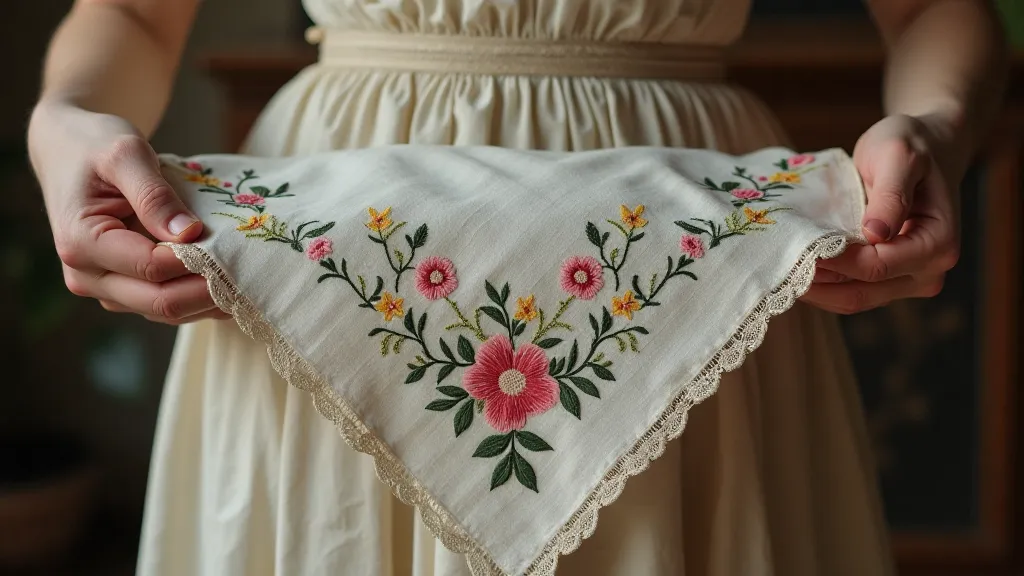
During this era, the quality of the fabric itself was paramount. The thread count dictated not only the feel of the handkerchief but also its durability and overall aesthetic appeal. Collectors often spend considerable time examining the weave and texture to ascertain the age and potential value of a piece. If you’re interested in learning more about the factors that contribute to the quality of antique handkerchief fabrics, explore Understanding Thread Counts and Fabric Quality in Antique Handkerchiefs for a deeper understanding of the material characteristics. This period also witnessed the increasing importance of gifting, and handkerchiefs became a popular choice, particularly for weddings – a tradition that contributes to the prevalence of beautifully embroidered handkerchiefs amongst collectors today.
20th Century and Beyond: From Function to Collectible
The 20th century brought the rise of disposable tissues, diminishing the practical necessity of the handkerchief. However, this decline also fostered a renewed appreciation for their historical and artistic value. Antique handkerchiefs transitioned from everyday items to collectible linens, sought after for their beauty, craftsmanship, and the stories they tell about the past. Today, collectors pore over fabrics like fine linen, silk, and cotton, admiring the intricate embroidery and lace work, searching for rare patterns and unique historical details. The rise of monograms on handkerchiefs also became a popular trend, providing a way for individuals to personalize their belongings and signify their identity. These personalized handkerchiefs often hold significant sentimental value and offer clues to the original owner's background and social standing. Sometimes, a simple monogram can unlock a whole branch of family history, making the act of collecting these linens a veritable detective story. For a more detailed look at the significance of monograms, you can consult The Significance of Monograms on Antique Handkerchiefs: Decoding the Clues, which provides a comprehensive guide to understanding their meaning and historical context.
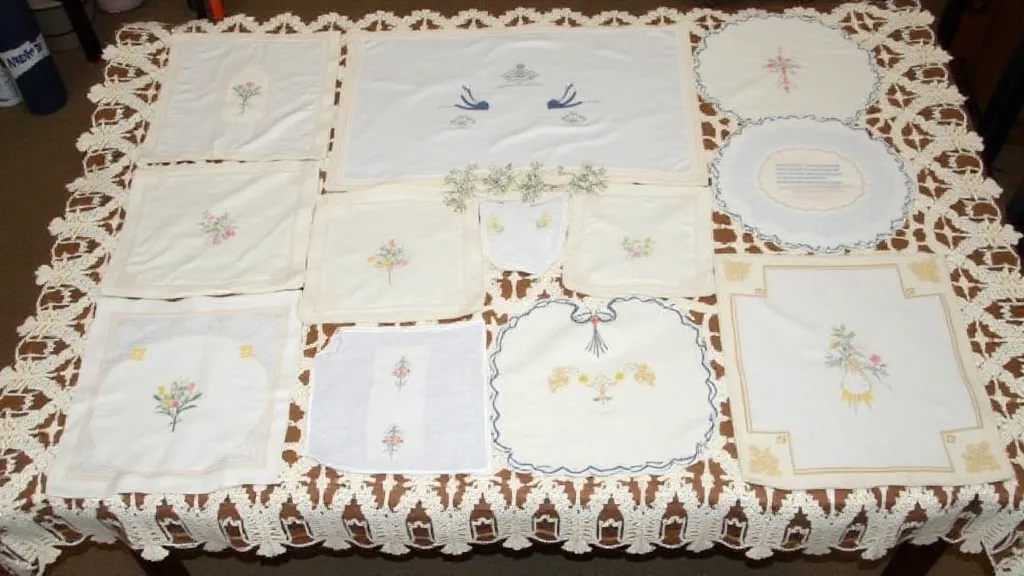
Deciphering the Language of Monograms
One of the most intriguing aspects of collecting antique handkerchiefs is the prevalence of monograms. These elegant markings, often featuring initials or family crests, offer a glimpse into the lives of the individuals who once cherished these linens. The style of the monogram, the font used, and even the placement on the handkerchief can provide valuable clues about the period of origin and the owner’s social status. Dedicated collectors and researchers have developed entire systems for interpreting these coded messages. Further exploration into the significance of these markings can be found in A Collector's Guide to Antique Handkerchief Monograms. Many resources exist to help identify the styles of lettering used, and to connect these styles to specific periods and regions.
Factors Influencing Value and Authenticity
Determining the value of an antique handkerchief involves considering several factors beyond just the fabric and embroidery. Rarity, condition, provenance (the documented history of ownership), and overall artistic merit all contribute to its worth. Damage, such as stains, tears, or missing lace, can significantly reduce value. However, certain types of damage, such as delicate fading or subtle discoloration, can sometimes enhance the character of a piece and add to its historical appeal. It’s crucial to differentiate between genuine age-related wear and tear and signs of careless handling or restoration. The story behind a handkerchief – its provenance – often adds significant value. A handkerchief that once belonged to a notable figure, or that can be traced back through generations of a single family, is far more valuable than one with an unknown history. Tracing the history can sometimes be challenging, but the rewards for dedicated researchers can be substantial.
Beyond the Basics: Specialty Handkerchiefs
While many antique handkerchiefs were designed for everyday use, others served a more specific purpose. Wedding handkerchiefs, often intricately embroidered with floral motifs or personalized with the couple’s initials, are particularly sought after by collectors. Mourning handkerchiefs, traditionally black or dark gray and often edged with crepe, offer a poignant reminder of Victorian-era customs. Military handkerchiefs, bearing regimental crests or personalized with the soldier’s name, provide a tangible link to a specific historical event or individual. A fascinating subset of collectible handkerchiefs are those connected with specific professions or organizations – handkerchiefs bearing the insignia of a lodge, a guild, or a fraternal order can provide unique insights into the social structures and traditions of the past. Consider, too, the handkerchiefs associated with theatrical performances or sporting events - these provide a tangible link to moments in cultural history.
Caring for Your Antique Handkerchief Collection
Proper care and storage are essential for preserving the beauty and value of your antique handkerchief collection. Avoid exposing them to direct sunlight or moisture, as these can cause fading and damage. Store them flat, wrapped in acid-free tissue paper, in a cool, dry environment. Regularly inspect your collection for signs of damage or deterioration, and consult with a professional conservator if necessary. Handling these delicate items with clean hands is also crucial to prevent the transfer of oils and dirt that can contribute to their degradation. Considering the delicate nature of antique textiles, it’s often beneficial to research the appropriate cleaning and storage techniques for specific fabrics – linen, silk, and cotton each have unique characteristics that require tailored care.
The Enduring Appeal of Handkerchiefs
From their humble beginnings as utilitarian cloths to their current status as cherished collectibles, handkerchiefs represent a fascinating chapter in human history. They are tangible links to the past, offering glimpses into the lives, customs, and artistic traditions of generations past. As disposable alternatives continue to dominate the modern landscape, the appreciation for antique handkerchiefs only seems to grow, ensuring their enduring appeal for collectors and enthusiasts alike. The intricate details, the craftsmanship, and the stories woven into each fold continue to captivate and inspire, making them timeless treasures that deserve to be treasured for years to come. Beyond their aesthetic beauty and historical significance, antique handkerchiefs serve as poignant reminders of a time when everyday objects were crafted with care and imbued with meaning – a stark contrast to the mass-produced, disposable items that characterize modern life. The continued interest in these seemingly small objects speaks to a deeper human desire to connect with the past, to appreciate craftsmanship, and to find beauty in the details.
